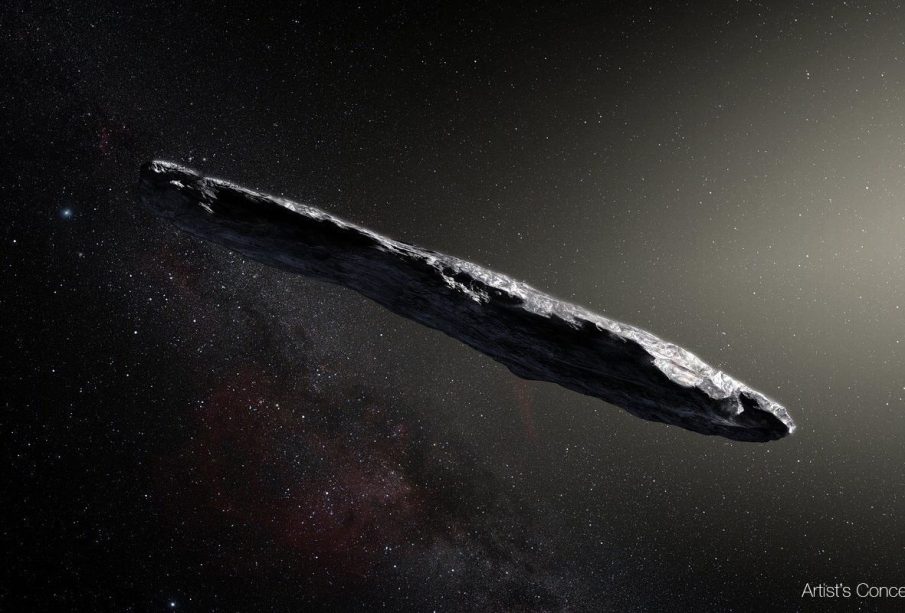Understanding Interstellar Objects and Their Cosmic Impact

Introduction: The Importance of Interstellar Objects
Interstellar objects have become a topic of significant interest in astrophysics and planetary science. These objects, which originate from outside our solar system, offer a unique opportunity to study the building blocks of other planetary systems and deepen our understanding of the universe. With the discovery of ‘Oumuamua in 2017 and Comet 2I/Borisov in 2019, researchers have garnered new insights into the physical and chemical characteristics of these celestial wanderers.
The Discovery of Interstellar Objects
The first confirmed interstellar object, ‘Oumuamua, was detected by astronomers at the Pan-STARRS1 telescope in Hawaii. Its unusual shape, resembling a cigar, and its acceleration, not solely explained by gravitational forces, sparked debates about its origin. Observations suggest it might be a piece of a comet or asteroid from another star system, possibly due to gravitational interactions.
Comet 2I/Borisov, the second recognized interstellar visitor, was discovered in 2019 by amateur astronomer Gennadiy Borisov. Unlike ‘Oumuamua, 2I/Borisov exhibited typical cometary behavior, with a visible tail and coma. This discovery gave researchers a clue about the composition of interstellar material and allowed direct study of an object thought to have formed in a different solar system.
Scientific Significance of Interstellar Objects
Studying interstellar objects helps scientists understand the variety of conditions and processes that occur in different star systems. These objects may contain organic materials and ices, which could provide insights into the formation of planets and potentially the conditions for life. Furthermore, their trajectories and velocities contribute to our understanding of gravitational interactions in the galaxy and the dynamics of the Milky Way.
Future Prospects: What Lies Ahead?
The ongoing research into interstellar objects has set the stage for future explorations. Upcoming missions, like the James Webb Space Telescope and the European Space Agency’s Comet Interceptor, aim to capture more extensive data on these exotic bodies. As survey technology advances, astronomers anticipate discovering more interstellar objects, further enriching the field of astrophysics. Their study will not only clarify our place in the cosmos but may also lead to groundbreaking discoveries about the formation and evolution of our galaxy.
Conclusion: The Impact of Interstellar Research
As interstellar objects continue to pique the interest of the scientific community, their significance cannot be overstated. These enigmatic visitors offer a window into the universe beyond our solar system, expanding our knowledge of cosmic phenomena. Continued research in this area is vital not just for advancing astronomy but also for answering fundamental questions about the origins of matter and life in the universe.









